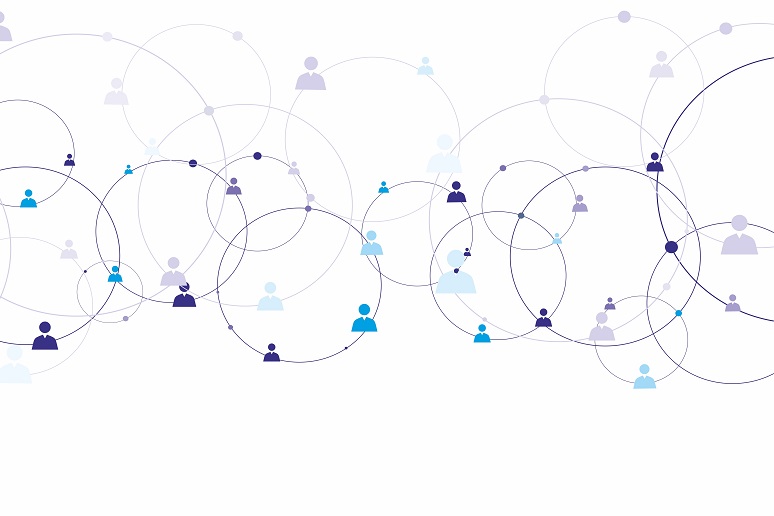When you strategize about your workforce, who comes to mind? If you’re only thinking about traditional employees, then you may soon find your approach — as logical as it has long been — too limiting, if not disadvantaging, for the modern way of work.
That’s to say, many organizations today do business with the help of myriad external people, from contractors to gig workers, app developers, and service providers, as well as with assistance from bots. Most managers consider these external workers part of their workforce, even though management practices, systems, and processes don’t account for them, as MIT Sloan Management Review has found in studying results from its “2021 Future of Workforce” global research project conducted in collaboration with Deloitte. This disconnect between employees and workforce is a growing challenge, with significant implications for workforce management as well as organizational culture, strategy, and leadership, MIT SMR writes in a
newly published report on its findings.
In the report, MIT SMR puts forth the idea of the “workforce ecosystem,” a new framework for thinking about the people helping to propel a business forward. By its definition, a workforce ecosystem is “a structure focused on the value creation for an organization that consists of complementarities and interdependencies.” Those are some big words at the end of that description, but the idea is simple: Consider anybody — even temporary gig workers or automatons — working to fulfill organizational goals to be part of the workforce; everybody wins or loses together, as MIT SMR puts it. “External workers are not only doing more work; they’re doing work of more importance, too. The contingent workforce is often essential to an organization’s core mission,” the authors state.
MIT SMR shares quite a few examples of strategic leaders who are well aware of the value external workers provide the modern organization and have embraced the idea of the workforce ecosystem. Elizabeth Adefioye, SVP and chief human resources officer at multinational ingredient provider Ingredion, is among them. As she shared with MIT SMR, “Today you have temporary workers, contingent workers, consultants, full-time employees, and those that are job-sharing. We have to be prepared for all of those types of workers, because they bring different value.”
As I see it, enterprises that have focused on developing a connected, collaborative workplace for employees should be one step ahead of others in getting to a workable workforce ecosystem model. With an emphasis on creating connectedness and enabling collaboration, organizations will have put in place technologies that facilitate conversation and content sharing among teams, even — and especially today — virtually, and often on a project basis. They will have enabled work from anywhere. They will have created physical workspaces that accommodate collaboration, should employees and their external colleagues have the need to meet in person. And, they will have instilled collaboration as a cultural goal.
Trends such as these are reflective of the conditions compelling a workforce rethink. As the authors note, being able to pull together remote teams to work on a project enables the “relaxation of geographic constraints for organizations looking for workers, [permits] workers looking for opportunities to search beyond their local areas, and [allows] organizations to more easily match project-based demands with appropriate types of workers.”




